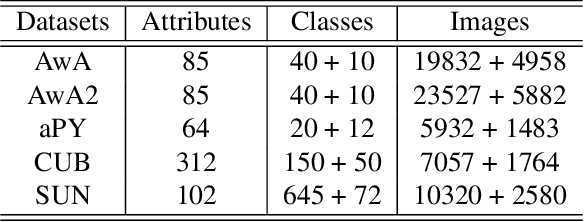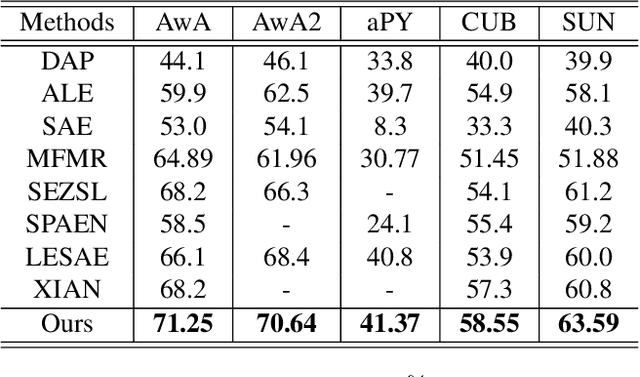Ruiheng Zhang
Learning Camouflaged Object Detection from Noisy Pseudo Label
Jul 18, 2024Abstract:Existing Camouflaged Object Detection (COD) methods rely heavily on large-scale pixel-annotated training sets, which are both time-consuming and labor-intensive. Although weakly supervised methods offer higher annotation efficiency, their performance is far behind due to the unclear visual demarcations between foreground and background in camouflaged images. In this paper, we explore the potential of using boxes as prompts in camouflaged scenes and introduce the first weakly semi-supervised COD method, aiming for budget-efficient and high-precision camouflaged object segmentation with an extremely limited number of fully labeled images. Critically, learning from such limited set inevitably generates pseudo labels with serious noisy pixels. To address this, we propose a noise correction loss that facilitates the model's learning of correct pixels in the early learning stage, and corrects the error risk gradients dominated by noisy pixels in the memorization stage, ultimately achieving accurate segmentation of camouflaged objects from noisy labels. When using only 20% of fully labeled data, our method shows superior performance over the state-of-the-art methods.
Objects in Semantic Topology
Oct 06, 2021



Abstract:A more realistic object detection paradigm, Open-World Object Detection, has arisen increasing research interests in the community recently. A qualified open-world object detector can not only identify objects of known categories, but also discover unknown objects, and incrementally learn to categorize them when their annotations progressively arrive. Previous works rely on independent modules to recognize unknown categories and perform incremental learning, respectively. In this paper, we provide a unified perspective: Semantic Topology. During the life-long learning of an open-world object detector, all object instances from the same category are assigned to their corresponding pre-defined node in the semantic topology, including the `unknown' category. This constraint builds up discriminative feature representations and consistent relationships among objects, thus enabling the detector to distinguish unknown objects out of the known categories, as well as making learned features of known objects undistorted when learning new categories incrementally. Extensive experiments demonstrate that semantic topology, either randomly-generated or derived from a well-trained language model, could outperform the current state-of-the-art open-world object detectors by a large margin, e.g., the absolute open-set error is reduced from 7832 to 2546, exhibiting the inherent superiority of semantic topology on open-world object detection.
Learning Image-Specific Attributes by Hyperbolic Neighborhood Graph Propagation
May 25, 2019



Abstract:As a kind of semantic representation of visual object descriptions, attributes are widely used in various computer vision tasks. In most of existing attribute-based research, class-specific attributes (CSA), which are class-level annotations, are usually adopted due to its low annotation cost for each class instead of each individual image. However, class-specific attributes are usually noisy because of annotation errors and diversity of individual images. Therefore, it is desirable to obtain image-specific attributes (ISA), which are image-level annotations, from the original class-specific attributes. In this paper, we propose to learn image-specific attributes by graph-based attribute propagation. Considering the intrinsic property of hyperbolic geometry that its distance expands exponentially, hyperbolic neighborhood graph (HNG) is constructed to characterize the relationship between samples. Based on HNG, we define neighborhood consistency for each sample to identify inconsistent samples. Subsequently, inconsistent samples are refined based on their neighbors in HNG. Extensive experiments on five benchmark datasets demonstrate the significant superiority of the learned image-specific attributes over the original class-specific attributes in the zero-shot object classification task.
 Add to Chrome
Add to Chrome Add to Firefox
Add to Firefox Add to Edge
Add to Edge